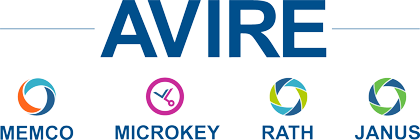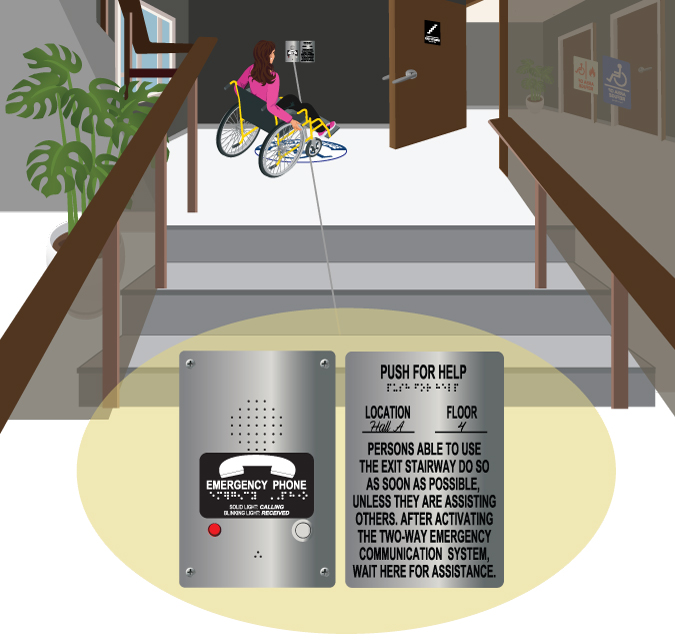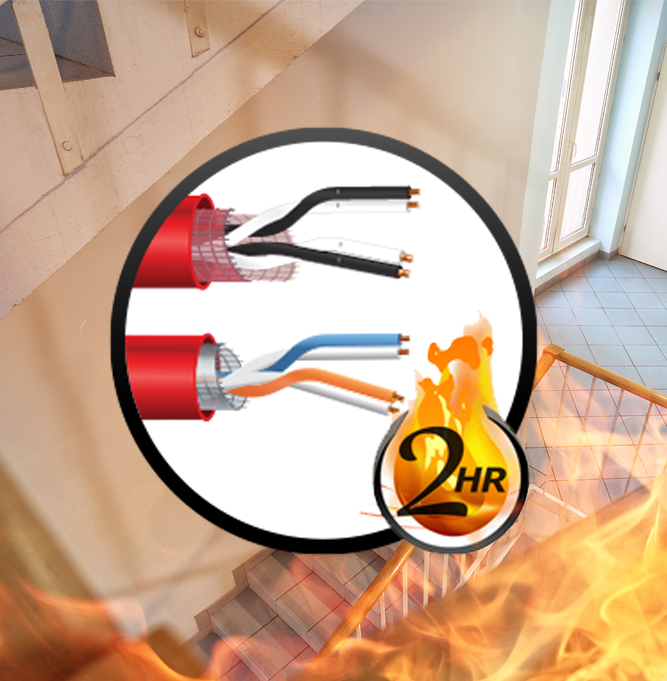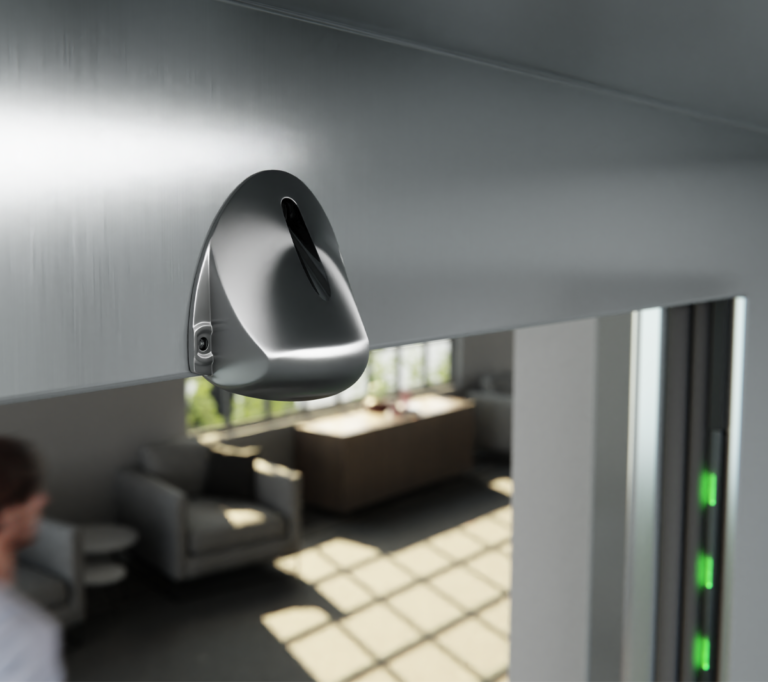NFPA 72®
NFPA 2022
NFPA 72® 2022 Two-Way Communication Requirements
- 24.10* Two-Way Emergency Communications Systems for Rescue Assistance:
- Editor’s Note: For the 2022 edition of the Code, the title of this section has been revised to reflect the inclusive set of requirements covered within the section. As explained in A.24.10, types of two-way ECSs can vary but are generally members of the same system type and are often required by building and fire codes in many locations within a building. These systems are provided to allow building occupants to communicate with emergency personnel when they need assistance or rescue. These systems are grouped together because they are basically the same type of equipment that provides communications in a different location. Many of the requirements found in 24.10.1 through 24.10.14 are new for the 2022 edition and include requirements from UL 2525, Two-Way Emergency Communications Systems for Rescue Assistance.
- 24.10.1: Systems used for area of refuge emergency communications systems, stairway communications systems, elevator landing communications systems, and occupant evacuation elevator lobby communications systems shall be listed in accordance with applicable standards, such as UL 2525, Two-Way Emergency Communications Systems for Rescue Assistance.
- 24.10.2: Where required by the enforcing authority, governing laws, codes, or standards, any communications system specified in this section shall be installed in accordance with 24.10.2 through 24.10.14
- 24.10.3.1: When a remote call station(s) is activated by a building occupant(s), a two-way live voice communication shall be required to operate between the remote call station(s) and a constantly attended location.
- 24.10.3.2*: The master control station shall be installed in a central control point within the building.
- 24.10.3.3*: The constantly attended location shall be located either within the building or at a monitoring location and be approved by the authority having jurisdiction.
- 24.10.6*: If the central control point is not constantly attended, the system shall have a timed automatic communications capability to connect with an off-premises constantly attended monitoring location approved by the authority having jurisdiction, where trained personnel can initiate the appropriate response.
- 24.10.7*: In the event of an off-premises connection, a signal shall be transmitted to the off-premises monitoring location, identifying the specific building prior to initiating the live voice two-way communication.
- 24.10.8: Two-way emergency communications systems shall have the capability of transmitting a verbal signal to identify the specific building address to off-premises monitoring personnel before operators complete the connection to the remote call station.
- 24.10.9*: The physical locations of the remote call stations and the master control station shall be as designated by the building code in force and the system designer and approved by the authority having jurisdiction.
- 24.10.10: The specific location of each active remote call station shall be identified on the master control station display on a floor and area basis in accordance with 24.10.11.
- 24.10.11: Where all active calls are not simultaneously displayed, the master control stations shall provide the following:
- 1.) Previously answered calls shall be capable of being prioritized as urgent on the master control station to differentiate more urgent life safety related calls from less urgent calls.
- 2.) A minimum of 8 active call station identifiers shall be visible in the following order of priority:
- a) Previously unanswered calls, oldest first
- b) Previously answered calls, prioritized as urgent, oldest first
- c) Previously answered calls, not prioritized as urgent, oldest first
- 24.10.12: The remote call stations shall provide for hands-free, two-way communication and provide an audible and a visual signal to indicate communication has occurred.
NFPA 72 2022 Supervision & Battery Backup Requirements
- 24.10.5 All pathways between the remote call stations and the master control station shall be monitored for integrity.
- 10.6.9 Monitoring Integrity of Power Supplies
- 10.6.9.1 Unless otherwise permitted or required by 10.6.9.1.3 and 10.6.9.1.6, all primary and secondary power supplies shall be monitored for the presence of voltage at the point of connection to the system.
- 24.10.14. 24.10.2.1: The secondary power supply for two-way emergency communications systems shall be capable of operating the system under quiescent load for a minimum of 24 hours and then subsequently during a fire or other emergency condition for a period of 4 hours with all remote call stations activated and all master control stations annunciating the calls.
- 24.10.2.2: The communications system shall be capable of monitoring additional power supplies for communications equipment vital to the transmission of off-premises signals. 24.10.3*: The communications system shall comprise remotely located communications stations (remote call stations), a master control station, and a primary and secondary power supply as required by Section 10.6.
NFPA 72 2022 Signage Requirements
- 24.10.13 Signage.
- 24.10.13.1: Directions for the use of the two-way communications system, instructions for summoning assistance via the two-way communications system, and written identification, including in braille, of the location shall be posted adjacent to the two-way communications system.
- 24.10.13.2: Signage shall comply with ICC/ANSI A117.1, Accessible and Usable Buildings and Facilities, requirements for visual characters.
- 24.10.14*: The two-way communications systems specified in this section, as intended for different types of locations, shall be permitted to be integrated with each other or other emergency communications systems provided they are installed in accordance with Section 24.10.
NFPA 72 2022 Survivability Requirements
- Editor’s Note: The 2022 edition of the Code provides new survivability requirements for area of refuge two-way ECSs. The requirements of 24.3.14.4.3 through 24.3.14.4.6.4 provide pathway survivability guidance depending on the fire resistance of a building. Installation requirements for Class N and Class X, where used, are also spelled out. When these systems are installed for use by occupants staying in the area of refuge during a fire emergency, it is important that the circuits remain survivable for at least the same time as the fire rating of the building construction.
- 24.3.14.10: Elevator landing two-way emergency communications systems installation of all circuit pathways between all elevator lobbies and other room(s) or rated enclosure(s) containing related control equipment required for occupant communications shall comply with the requirements of 24.3.14.4.3 through 24.3.14.4.6.4.
- 24.3.14.4.3*: Where the building is constructed with a fire resistance rating that is equal to or greater than 2 hours, the installation shall comply with 24.3.14.4.6 or provide a pathway survivability of Level 2 or Level 3.
- 24.3.14.4.4*: Where the building is constructed with a fire resistance rating that is at least 1 hour and less than 2 hours, the installation shall comply with 24.3.14.4.6 or provide a pathway survivability of Level 4.
- Editor’s Note:The 2022 edition of the Code provides new survivability requirements for elevator landing two-way ECSs. The requirements of 24.3.14.4.3 through 24.3.14.4.6.4 provide pathway survivability guidance depending on the fire resistance of the building. Installation requirements for Class N and Class X, where used, are also spelled out.
- 24.3.14.11: Elevator landing two-way emergency communications systems circuits intended to transmit off-premises shall have a pathway survivability of Level 0, Level 1, Level 2, Level 3, or Level 4.
- 24.3.14.12: Occupant evacuation elevator lobby two-way wired emergency communications systems installation of communication and control circuit pathways shall have a pathway survivability of Level 3.
- Editor’s Note: New language affecting OEE lobby two-way wired ECSs has been added to the 2022 edition of the Code. In acknowledgement of the importance of these systems, the Code requires that a Level 3 (see 12.4.4) pathway survivability be provided for circuits for these systems.
- 24.10.4: The remote call stations and the master control station shall communicate with each other via pathways based on their performance capabilities under abnormal (fault) conditions in accordance with the requirements for Class A, Class B, Class N, or Class X pathways specified in Chapter 12. An area of refuge has a temporary use during egress and generally serves as a staging area that provides relative safety to its occupants while potential emergencies are assessed, decisions are made, and mitigating activities are begun. NFPA 101 recognizes any floor in a building protected throughout by an approved, supervised automatic sprinkler system as an area of refuge. Circuits connecting the area of refuge communications system to the fire command center must be designed to withstand the attack of ire during the time that the occupants await assistance. Refer to the requirements of 24.3.14.9. If loudspeakers are required where remote area of refuge stations are located, the loudspeakers should be arranged so that their sound pressure levels do not inhibit the effective use of the area of refuge stations.
NFPA 72 2022 Training Requirements
- 24.10.15* Training for Two-Way Communications Systems.
- Editor’s Note:The 2022 edition of the Code requires that the operators of two-way communications systems master control stations be trained on the equipment and, when necessary, qualified to use the equipment. The emergency users of the remote call stations would ordinarily not receive instructions on this equipment. If there are people in a building who could possibly benefit from knowing how to operate the remote call station, nothing should prevent the individuals from receiving training on how to use the equipment
NFPA 2016 NFPA 72 2016 Two-Way Communication Requirements
- 24.10 – Area of Refuge (Area of Rescue Assistance) Emergency Communications Systems
- 24.10.1 Where required by the building code in force, an area of rescue assistance two-way communications system shall be installed in accordance with 24.10
- 24.10.2 The area of Refuge (Rescue Assistance) emergency communications system shall be comprised of remotely located area of refuge stations and a central control point.
- 24.10.5 – If the Central control point is not constantly attended, it shall have a timed automatic communications capability to connect with a constantly attended monitoring location acceptable to the authority having jurisdiction where responsible personnel can initiate the appropriate response.
- 24.10.6 – The physical location of the central control point shall be as designated by the building code in force or the authority having jurisdiction.
- 24.10.8 – Instructions for the use of the two-way communications system, instructions for summoning assistance via the two-way communications system, and written identifications, including in braille, of the location shall be posted adjacent to the two-way communication system.
NFPA 72 2016 Supervision Requirements
- 24.10.4 – All pathways between a remote area of refuge station and the central control point shall be monitored for integrity.
- 24.13.4.1 – All control units shall meet the power supply requirements of section 10.6
- 10.6.9 Monitoring Integrity of Power Supplies
- 10.6.9.1 Unless otherwise permitted or required by 10.6.9.1.3 and 10.6.9.1.6, all primary and secondary power supplies shall be monitored for the presence of voltage at the point of connection to the system.
- 10.6.7.2.1 – The secondary power supply (battery backup) shall have sufficient capacity to operate the system under quiescent load (system operating in a nonalarm condition) for a minimum of 24 hours and, at the end of that period, shall be capable of operating all alarm notification appliances used for evacuation or to direct aid to the location of an emergency for 5 minutes.
NFPA 72 2016 Cable Requirements
- 24.3.13.9.1
Area of Refuge emergency communications systems shall have a pathway survivability of Level 2 or Level 3.
(Level 1 is permitted where the building is less than 2 hour fire-rated construction)
- 12.4.3 Pathway Survivability Level 2 shall consist of one or more of the following:
- 12.4.4 Pathway Survivability Level 3: shall consist of pathways in buildings that are fully protected by an automatic sprinkler system in accordance with NFPA 13 and one or more of the following.
- 12.4.3 Pathway Survivability Level 2 shall consist of one or more of the following:
NFPA 72 2016 Testing Requirements: Table 14.3.1 #25:
“Periodic testing frequency” – Annual
Reproduced with permission of NFPA from NFPA 72®, National Fire Alarm and Signaling Code®, 2022 edition. Copyright© 2021, National Fire Protection Association. For a full copy of NFPA 72®, please go to www.nfpa.org.
NFPA 72® and National Fire Alarm and Signaling Code® are registered trademarks of the National Fire Protection Association, Quincy, MA. All rights reserved.
Education, Training and Support
We believe that ongoing education is paramount to your professional development.
As the code and training experts, our website offers all the documentation and educational resources needed to assist you in making the right decisions.

Specifiers' Corner
The Specifiers’ Corner is designed to provide Architects, Engineers, Contractors, Fire Marshals, Building Code Officials, Inspectors, AHJs, and end users with the essential information that may be needed for a project: Submittal Documents, Manuals/Wiring Diagrams, Data Sheets,CAD and Code Requirements
Contact info
You also can contact us through our phone number, our email address, and we’ll get back to you




